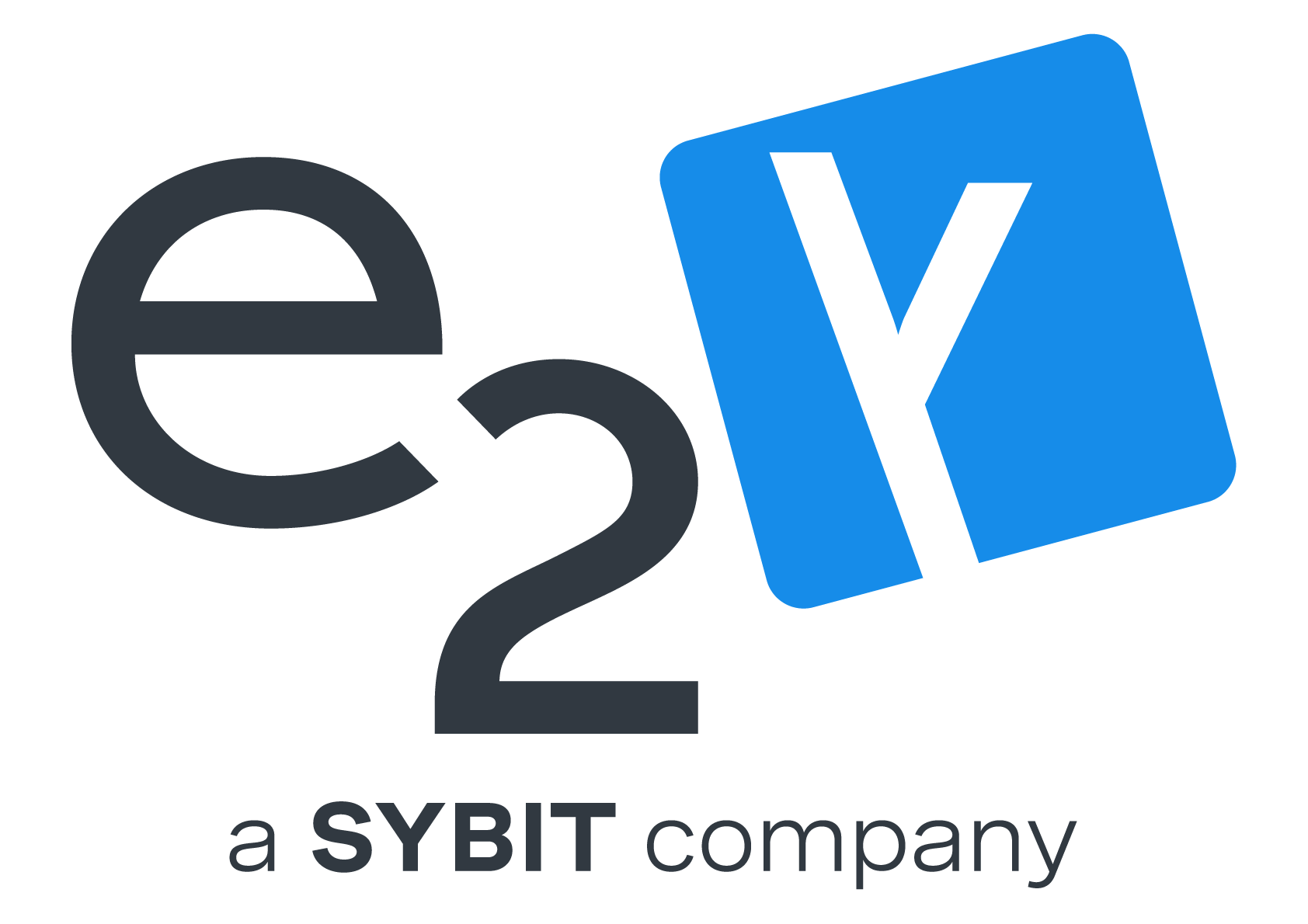For ecommerce businesses aiming to scale and diversify their product range, deciding between a marketplace or a dropshipping model can be challenging. In this article, we outline the benefits and applications of these ecommerce models, guiding you in choosing the right strategy for your business goals. At e2y, we’re here to support you in selecting and implementing the best ecommerce model to drive your business forward and deliver a seamless customer experience.
Understanding the Models
Marketplace
An online marketplace is an ecommerce platform that connects buyers with third-party sellers on a single site. The marketplace operator facilitates transactions and typically earns a commission, while the sellers manage their own stock, set prices, and handle customer service.
The operator does not hold any inventory but provides the platform for these transactions.

Dropshipping
Dropshipping is an ecommerce business model where a retailer sells products without holding any inventory. Instead, when a customer makes a purchase, the retailer purchases the item from a third-party supplier who then ships it directly to the customer. To the customer, it appears as though the product comes directly from the retailer.
While the retailer controls the pricing, promotions, and customer service, the supplier handles fulfilment.

Key Differences at a Glance

Pros of a Marketplace Model
- Growth Potential: A marketplace model supports rapid expansion by streamlining the onboarding of new sellers and products. As more sellers join and new products become available, the marketplace’s inventory expands, which helps attract more customers. This increased assortment can drive higher traffic and boost sales.
- Lower Operational Costs: Marketplaces benefit from lower operational costs as they do not handle physical inventory or manage logistics, eliminating expenses related to warehousing, stock management, and shipping. This allows the platform to focus on maintaining and enhancing its customer shopping experience.
- Increased Sales: A diverse product assortment in a marketplace draws a larger customer base due to the variety of options. The competition among sellers within the marketplace often leads to better deals and more appealing products, encouraging more purchases and increasing sales across the platform.
Pros of a Dropshipping Model
- Lower Startup Costs: Dropshipping reduces the initial costs needed to launch an ecommerce business. In a typical dropshipping business model, third-party suppliers handle inventory management and shipping, relieving the retailer from expenses related to warehousing and logistics. This helps minimise financial risk.
- Flexible Product Offerings: A dropshipping model enables retailers to offer an extensive range of products without holding physical inventory. This flexibility helps businesses quickly adapt to changing customer preferences and market trends by easily adding or removing products from their catalogue.
- Simplified Operations: With suppliers handling inventory control, warehousing and shipping, retailers can focus on core business activities. As a result, retailers can dedicate more time and resources to other important areas such as marketing, customer service and brand development.
Which Model is Best for Your Business?
The optimal ecommerce model for your business depends on your specific goals and operational needs:
Marketplace Model: For established ecommerce enterprises seeking to expand their product range and attract a broader customer base, adopting a marketplace model is a strategic move. Marketplaces enable you to offer a wide variety of products through third-party sellers, allowing you to access new customer groups, explore different product categories, and increase your overall reach and visibility.
Dropshipping Model: A dropshipping business model is well-suited for ecommerce businesses aiming to broaden their product offerings without managing physical inventory. This model is useful for those wanting to test new products and categories or enter niche markets with minimal financial risk. By outsourcing inventory management and shipping to third-party suppliers, you can reduce costs and focus on growth, making it an attractive choice for startups or businesses.
Hybrid Model: Combining both ecommerce models provides a balanced approach by leveraging the strengths of each. With a hybrid model, your business can manage core products through dropshipping while using a marketplace to expand into new categories and test different products. This strategy supports scalable growth, better supplier management, and adaptability to market changes.
Looking Ahead: Introducing the One Creditor Model
As ecommerce continues to evolve, large corporate buyers need simpler and more streamlined purchasing solutions. To meet this demand, Mirakl has launched the One Creditor Model. This single-creditor model enables businesses to act as the central creditor for all transactions, simplifying vendor management and streamlining invoices for large-scale buyers.
With this new ecommerce model, businesses can streamline purchasing, payment, and vendor management processes, all while broadening their digital commerce capabilities. As partners of Mirakl, we at e2y can help your ecommerce business transition to the One Creditor model.
How e2y can help
At e2y, we understand that selecting the right ecommerce model, whether a marketplace, dropshipping, or hybrid approach, is vital to your business’s success. With our expertise in digital marketplaces and long-standing partnerships with industry leaders like Mirakl, we are your go-to partners for innovative ecommerce and marketplace solutions.
We specialise in developing and implementing tailored marketplace solutions across various industries and locations. By collaborating with leading marketplace software providers, we deliver high-quality solutions that ensure the success of your marketplace. Our approach enhances the customer experience, setting your ecommerce business up for long-term success.
Our ecommerce and technology expertise provides your ecommerce business with the tools, insights, and strategies needed to launch and sustain a thriving marketplace. Whether starting fresh or looking to optimise an existing ecommerce platform, we help you meet today’s demands and prepare for future growth.
Embark on your digital transformation journey with e2y today.
Designed by bugphai




